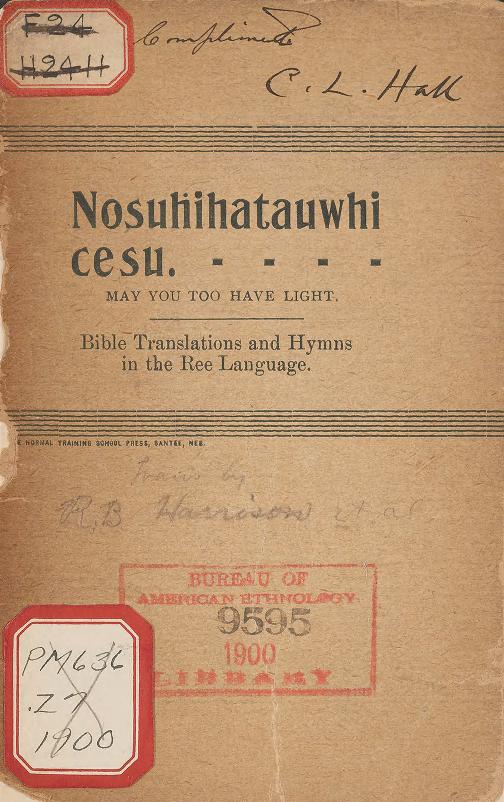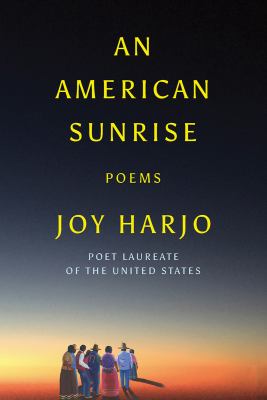This post was written by Marni Libby, a student of linguistics at Syracuse University and a Summer 2019 intern at the Vine Deloria Jr. Library, National Museum of the American Indian.
Winona LaDuke. Joy Harjo. Vine Deloria Jr. N. Scott Momaday. Simon J. Ortiz. Linda Hogan.
If you don’t recognize any of these names, you’re not alone. But you should probably head to your nearest library and check out one of their books. They are some of the finest authors who have written and published in this country; and, all are noted scholars and storytellers of the Native American experience. Reading their works can help us to learn about the true history of the land on which we live and about the realities of existence of those whom Euro-American history tried to suppress.
When I joined the Smithsonian as an intern at the Vine Deloria Jr. Library of the National Museum of the American Indian (NMAI), I had never heard of these authors. I think the closest I came to reading any of their works was owning the anthology of essays I Tell You Now, of which Joy Harjo’s was the last, and I had never read that far.
Working in a library is like spending all day in a treasure trove of information. When I’m in the stacks, I have to actively avoid thinking about all the knowledge in all the books around me! Otherwise my mind would explode from the sheer fact that if I read all of them I would probably be an expert in the field of Native American Studies. That being said; among all the shifting, shelving, sorting, catalog searching, and more shifting, I received what I would call a crash course in Native American Literature. That is: literature by Native Americans, about Native Americans, and pertaining in any way to a Native American experience. These are some things I learned in my ten weeks at the Deloria Library.

I learned that Christian missionaries have translated the Bible into hundreds of Native languages in attempts to convert as many Natives as possible. (Sometimes Jesus’ name is translated to fit the phonology of the Native language, like ‘Chisek’ or ‘Hesu’, other times left alone). I learned that Edward S. Curtis, a photographer of the late 1800s famous for his work on American Indians, staged and later edited many of his photos to remove traces of then-modern Western objects in order to play into the stereotype of the romanticized “vanishing Indian.”
I learned about the case of Leonard Peltier, an American Indian Movement (AIM) activist convicted for murder in what is largely seen as an unfair trial. I learned about Anna Mae Aquash, another AIM activist murdered in 1975 whose death was initially covered up. The latest person I learned about is Joy Harjo. The newest U.S. Poet Laureate and the first Native American, Harjo is a poet, musician, activist, scholar, and role model. Her work spans decades with more than 13 books published, and another, called An American Sunrise, on the way.

When my mentor, Elayne Silversmith, told me on the first day of my internship with her that “every experience is an opportunity for learning,” I did not yet know how correct she was. Looking back on my time here in the libraries and at NMAI I feel so lucky to have been afforded this opportunity to learn as much as I did, and I only hope that the rest of my life is full of just as much important education as this summer has been.

Be First to Comment